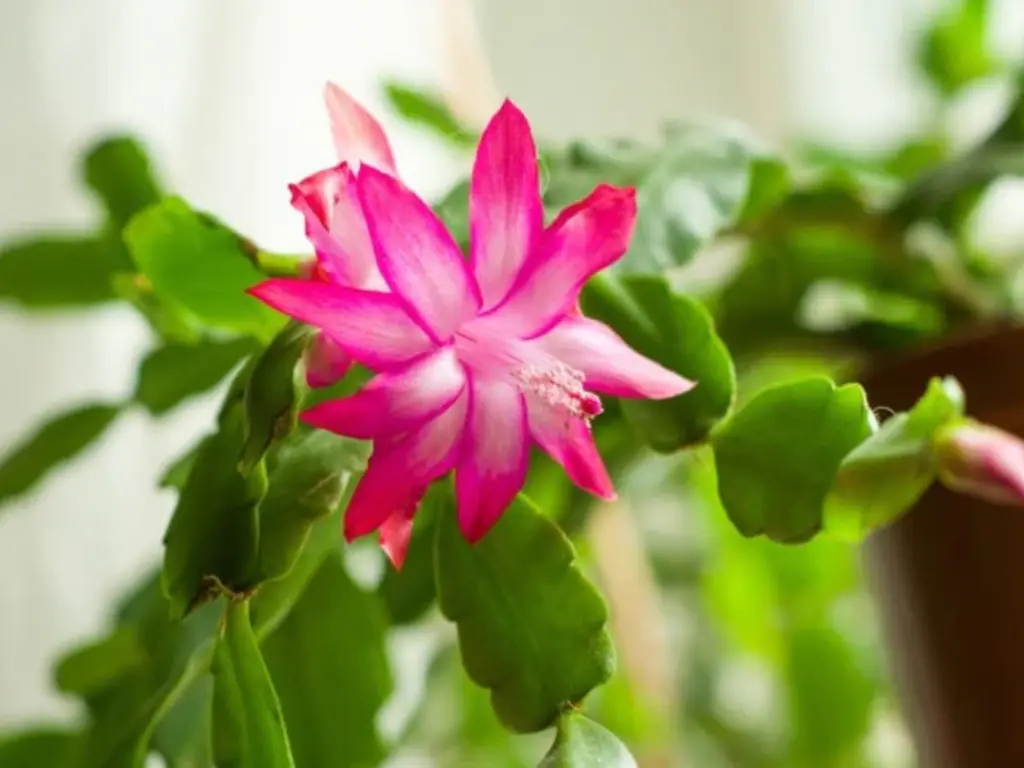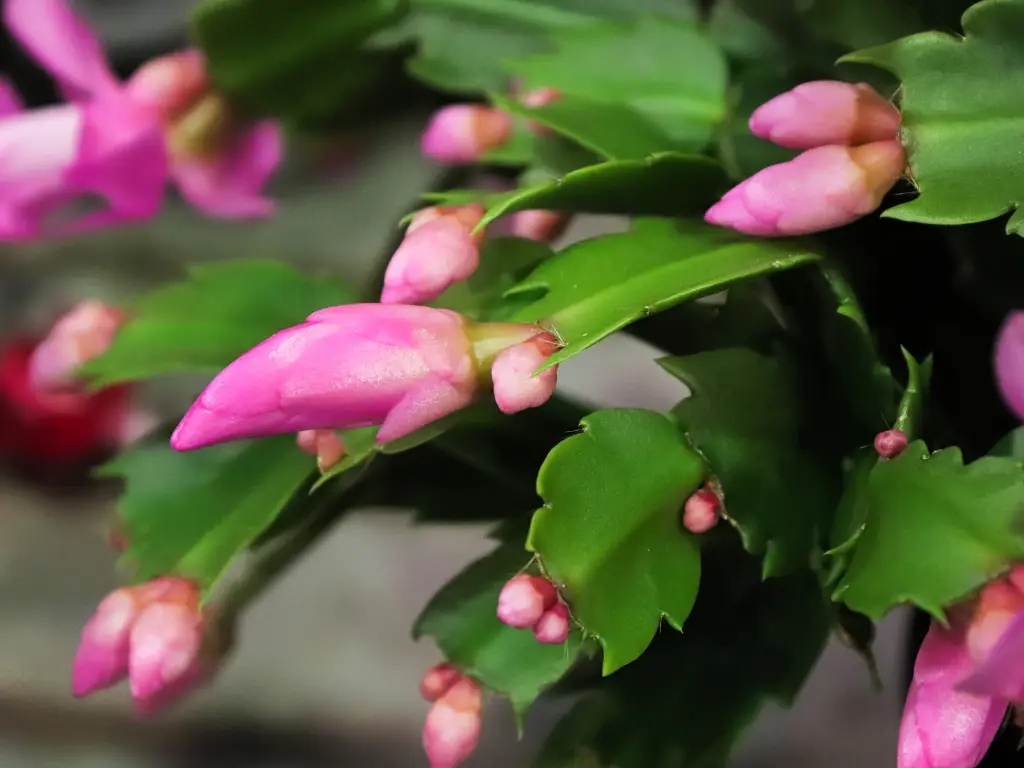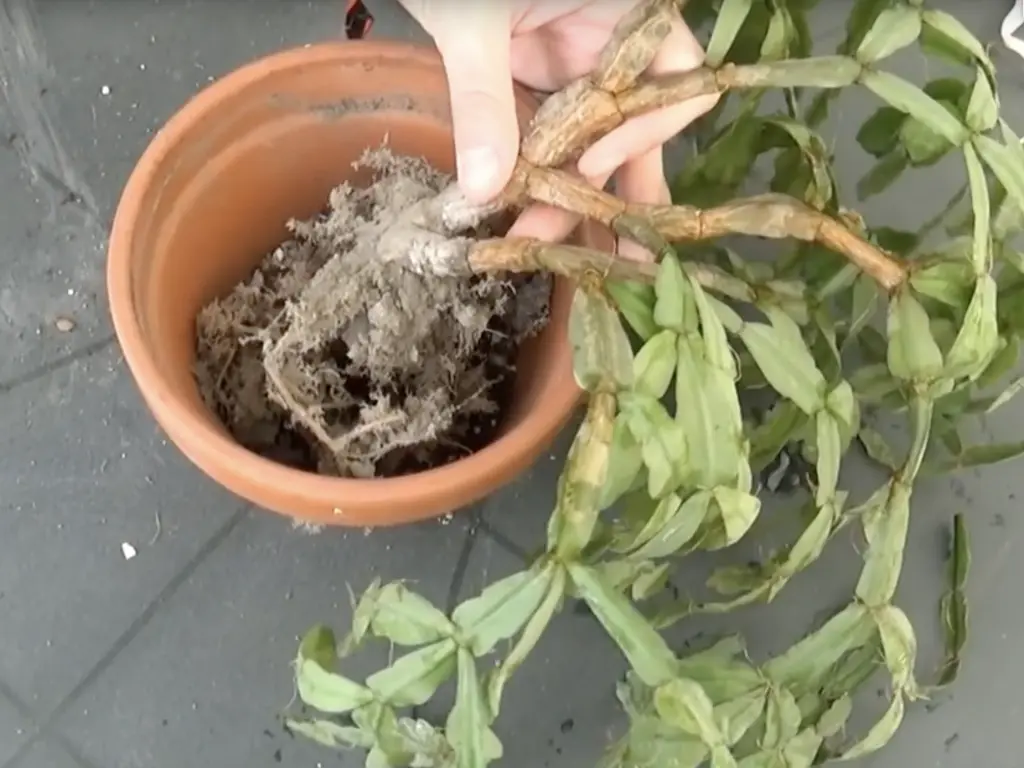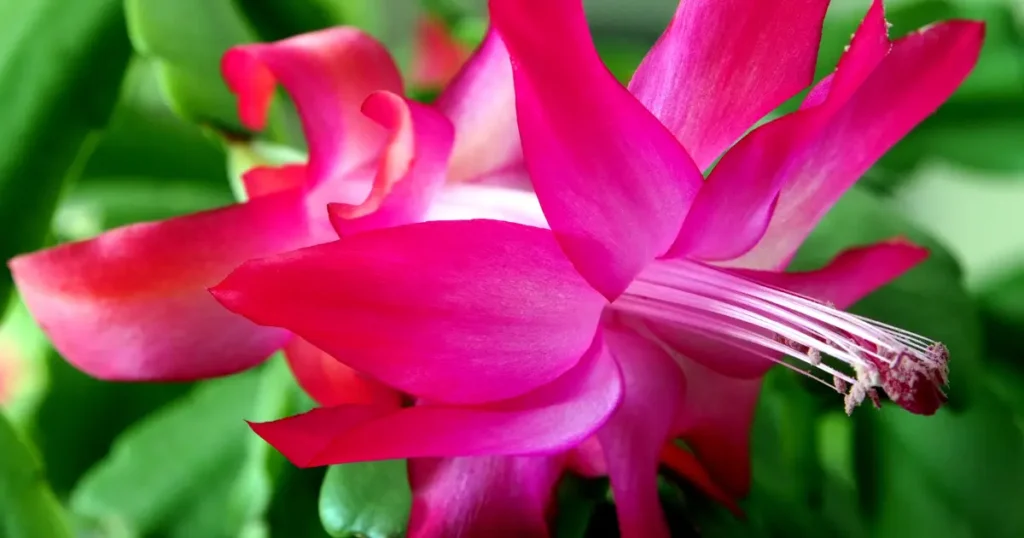Guides
How to Get Christmas Cactus to Bloom: A Festive Guide for Stunning Flowers
Have you ever admired a Christmas cactus in full bloom—those cascades of vibrant red, pink, or white blossoms lighting up a room in the middle of winter—and thought, “Why won’t mine do that?” If so, you’re not alone!
The Christmas cactus (Schlumbergera) is one of the most beloved holiday plants, but coaxing it to bloom on schedule can feel like a bit of a mystery.
The good news? With the right care, your Christmas cactus can reward you year after year with a showstopping display that lasts for weeks. Whether you’re a beginner gardener or a seasoned plant parent, this guide will walk you through everything you need to know why blooms sometimes don’t appear, how to encourage them, and what to do if problems pop up. Think of it as your step-by-step holiday blooming plan.
What Makes the Christmas Cactus Special?

Unlike its desert-dwelling cousins, the Christmas cactus hails from the cool, shaded forests of Brazil. It clings to tree branches and rocks in its native habitat, soaking up dappled light and high humidity. This background explains why it doesn’t behave like a “typical cactus.”
What makes it magical is its ability to burst into bloom just as winter sets in—when most plants are dormant. Its arching stems, draped with bright, tubular flowers, are like a natural garland, bringing color and joy during the holiday season. For many families, seeing the first buds appear has become a holiday tradition as beloved as trimming the tree.
Read more:
- Christmas Cactus Care: How to Grow Holiday Cactus
- Christmas, Thanksgiving, or Easter? How to Tell Which Holiday Cactus You Have
When Does the Christmas Cactus Bloom?
The Christmas cactus is a short-day plant, meaning it needs long nights and short days to trigger flowering. Typically, blooms appear from late November through January. Under the right conditions, flowers can last for several weeks, sometimes even well into February.
If you time things correctly, your cactus will be in full glory just as guests arrive for holiday dinners or when you’re cozying up by the fire.
Why Is Blooming Sometimes Delayed?
Here’s the thing: your Christmas cactus is a little bit of a perfectionist. It listens very closely to its environment, and if the “holiday signals” aren’t just right, it simply decides to wait. That’s why, instead of bursting into festive color, it might sit quietly with nothing but green stems.
Some common reasons include:
-
Too much light at night: Even the soft glow of a lamp or TV in the evening can trick your cactus into thinking the nights are shorter than they really are, throwing off its internal clock.
-
Warm nights: Without a noticeable drop in temperature after sunset, your cactus won’t get the message that it’s time to start setting buds.
-
Stress: Being moved around, exposed to drafts, or given inconsistent watering can all signal “danger” to the plant, causing it to hold back on blooming.
Think of it like this, your cactus is waiting for the perfect stage before it unveils its holiday show. Once you provide the right cues of darkness, cool air, and stability, it will reward you with a performance worth the wait.
How to Care for Your Christmas Cactus
Light Conditions
Place your cactus in a bright, indirect light location—near an east-facing window is perfect. Avoid harsh afternoon sun, which can scorch the flat, leaf-like segments. If your plant looks pale or reddish, that’s a sign it’s getting too much direct light.
Temperature
Daytime: 65–70°F (18–21°C).
Nighttime: Cooler, around 55–60°F (13–16°C).
This drop in nighttime temperature is critical—it mimics the natural conditions of its rainforest home and tells the plant, “It’s time to flower!”
Watering and Humidity
Forget everything you know about desert cacti—this one is different!
-
Watering: Keep the soil lightly moist, not soggy. Water thoroughly when the top inch feels dry, then let it drain completely.
-
Humidity: Christmas cacti adore a little extra humidity. Place a tray of water and pebbles nearby, mist the plant occasionally, or keep it in a naturally humid room (like a kitchen).
Soil and Repotting
Use a lightweight, well-draining mix—something designed for succulents with added peat or compost works beautifully. Repot every 2–3 years in spring, but avoid doing it in fall when the plant is setting buds (repotting then can disrupt flowering).
How to Get Christmas Cactus to Bloom

Provide Adequate Darkness
For about six weeks before Christmas (starting mid-October), give your plant 12–14 hours of complete darkness each night. Cover it with a box, place it in a closet, or keep it in a dark room. During the day, return it to bright, indirect light.
Adjust Temperature
Cool nights around 50–55°F (10–13°C) are your secret weapon. This, combined with darkness, sends the signal for bud formation.
Fertilize Carefully
Feed monthly during spring and summer with a balanced, water-soluble fertilizer. Stop feeding in early fall—this “rest period” helps the plant prepare to bloom.
Minimize Stress and Movement
Once buds appear, avoid moving or rotating the pot. Even a small change in light direction can cause the plant to drop its buds. Keep it in one stable, cozy spot until flowering is finished.
Common Issues and Troubleshooting

Bud Drop
Few things are more disappointing than seeing buds form, only to have them fall off before opening. This usually happens when the plant experiences stress.
-
Check for drafts or sudden temperature changes: A chilly breeze from an open window or heat from a nearby vent can shock the plant.
-
Avoid overwatering or moving the plant: Once buds appear, try not to relocate your cactus or change its environment—stability is key to keeping those buds intact.
Lack of Bloom
If your plant is staying stubbornly green and refusing to flower, it’s often missing one of the signals it needs to bloom. Ask yourself:
-
Too much light at night? Even household lighting can disrupt the 12–14 hours of darkness it needs.
-
No cool nights? Buds won’t form if temperatures don’t drop after sunset.
-
Overfeeding or overwatering? Too much fertilizer or soggy soil can stress the plant and delay blooming.
Wrinkled or Limp Leaves
When your cactus looks tired or droopy, the culprit is usually water-related.
-
If the soil is bone dry: Give it a thorough soak until water drains from the bottom, then let it rest until the top inch is dry again.
-
If the soil is soggy: Let it dry out completely before the next watering, and make sure the pot has proper drainage to prevent root rot.
Conclusion
A blooming Christmas cactus is more than just a houseplant—it’s a celebration in itself. With the right balance of light, darkness, temperature, and care, your cactus will reward you with a spectacular display that brightens the darkest winter days.
And the best part? These plants often live for decades, sometimes passed down through generations. Caring for one today means you could be creating a holiday tradition that your children and grandchildren will enjoy too.
So don’t give up, start preparing now, and when those first buds appear, you’ll know your efforts were worth it. Your Christmas cactus will become a centerpiece not just for your décor, but for your holiday memories.
Frequently Asked Questions (FAQs)
Can I keep my cactus outdoors?
Yes, your Christmas cactus can enjoy the fresh air outdoors during summer, but be sure to place it in a shaded spot to avoid leaf scorch. Once temperatures drop below 50°F (10°C), bring it indoors to protect it from cold damage.
How long do the blooms last?
Each flower typically lasts 5–8 days, but with cool temperatures and consistent care, the plant can continue producing blossoms for several weeks. Keeping it away from heat vents and drafts will help prolong the display.
Can I get multiple blooms in a year?
Yes! Many gardeners encourage a second flush in spring by repeating the cycle of long nights and cooler temperatures. With good care, some plants even surprise you with smaller blooms later in the year.
When should I start preparing my Christmas cactus to bloom?
Begin around mid-October by giving it longer nights (12–14 hours of darkness) and cooler nighttime temperatures. This preparation period lasts about six weeks and sets the stage for a holiday bloom.
Why are the leaves on my Christmas cactus limp?
Limp or wrinkled leaves usually signal overwatering, underwatering, or nutrient deficiency. Always check the soil moisture first, then adjust your watering routine and fertilize lightly if needed.
Can I make my Christmas cactus bloom more than once a year?
Yes, with careful light regulation and a repeat of the cool-night treatment, it can bloom again in spring. However, always allow the plant a short rest period after the winter blooms to regain strength.
Related Posts:


7 Vegetables to Plant in December for a Bountiful Winter Harvest
Winter gardening is a challenge many new gardeners shy away from. But if you’re among [...]
Dec
9 Common Christmas Cactus Problems and How to Fix Them
Have you ever walked past your Christmas cactus and wondered why it suddenly looks sad? [...]
Nov
Swedish Ivy Care: How to Grow a Healthy, Thriving Plant
Have you ever looked at your Swedish Ivy and wondered why the leaves are turning [...]
Nov
Avoid These 10 Garlic Planting Mistakes for Bigger, Healthier Bulbs
Growing garlic at home is one of the most satisfying things a gardener can do [...]
Nov
How to Prevent Christmas Cactus Bud Drop: Tips for a Healthy Bloom
Have you ever noticed your beautiful Christmas cactus (Schlumbergera) starting to lose its buds just [...]
Nov
Discover 7 Stunning Types of Night-Blooming Cereus
Have you ever waited for a flower that only opens at night and then disappears [...]
Nov